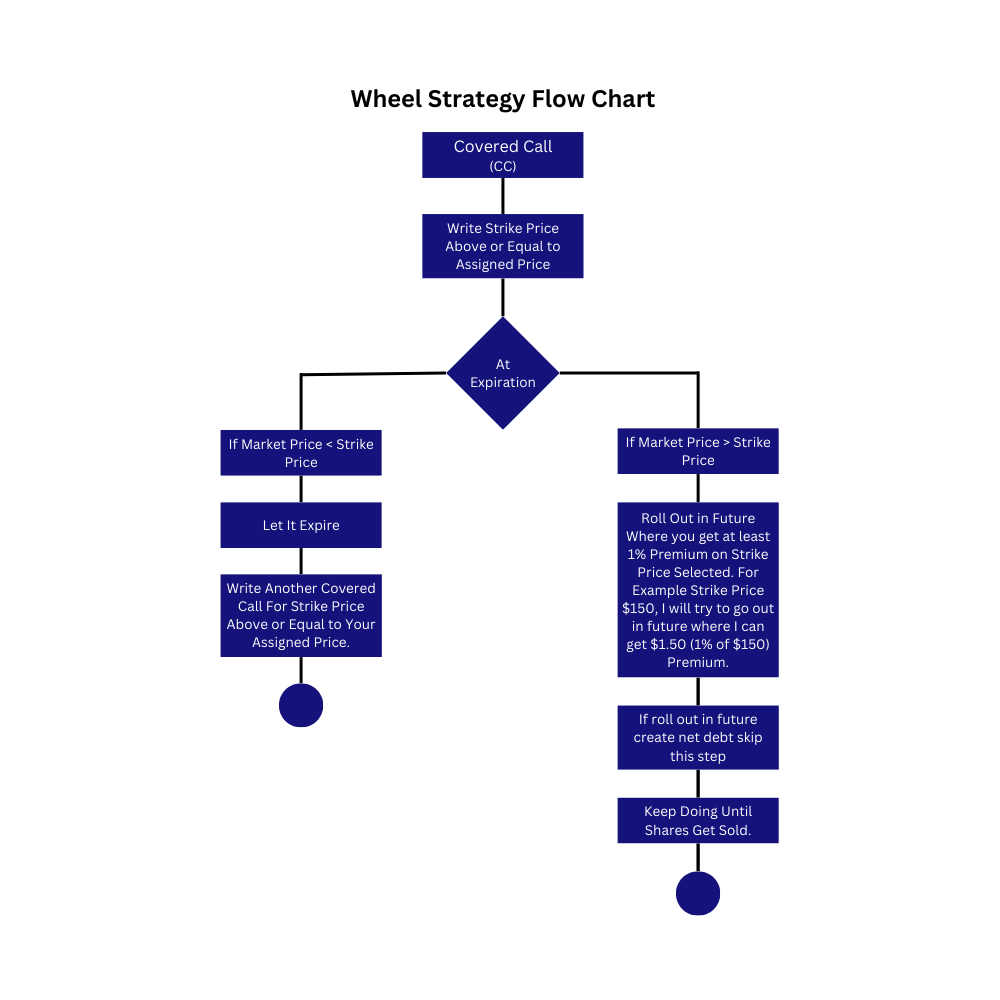We’re committed to keeping our financial tools free for everyone. If you’ve found value here, a small donation helps us stay independent and continue growing. Thank you for your support!
❤️ Support Our Mission - Keep Our Tools Free! ❤️
Most companies charge
$50 to $100 per month
for tools like ours. That’s roughly
$2,000 to $3,000 per year
spent on various subscriptions.
We’ve chosen to make these powerful financial tools available to you
completely free.
If you’ve found value here, please consider making a small donation.
Your support helps us stay free and continue growing!
Thank you for supporting our work! 🙏


